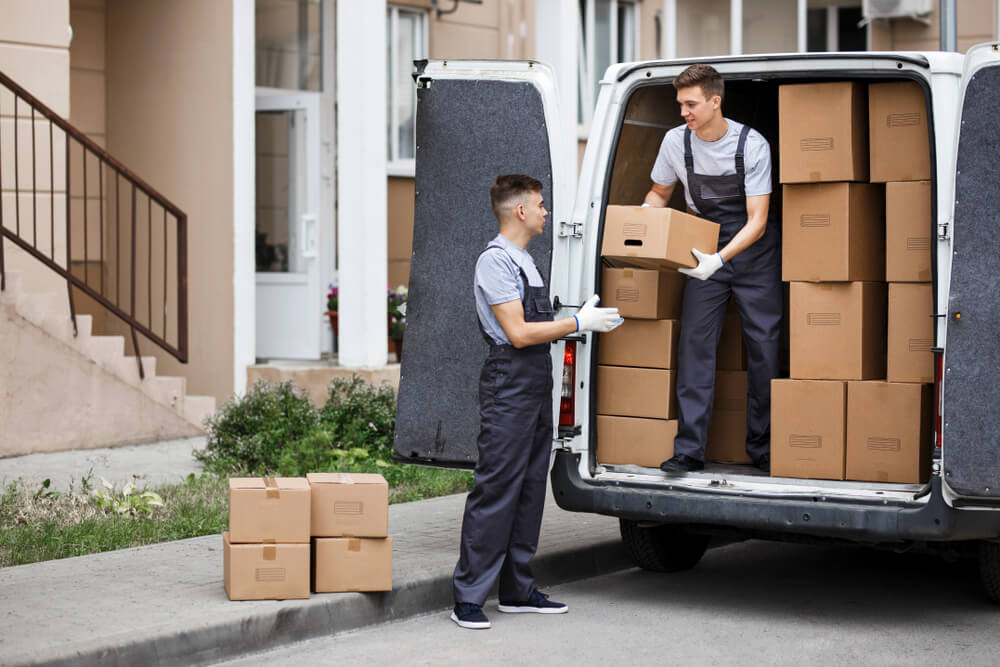May 28, 2025
Long-Distance Moves: Expert Strategies for a Smooth Transition

for interstate moves, meticulous planning and the right support are essential to ensure a seamless transition. Whether you’re relocating for a new job, to be closer to family, or simply seeking a change of environment, long-distance moving can be a complex and stressful experience if not handled correctly. However, with the right strategies, you can turn this challenge into an exciting new chapter in your life.
Early Planning: The Foundation of a Successful Move
The success of a long-distance move hinges on early preparation. Ideally, begin planning at least eight weeks in advance. Create a comprehensive checklist that outlines every step of the moving process, from gathering moving supplies to hiring a professional moving company. This plan should include key dates, such as your moving day, utility disconnections, and travel arrangements.
This is also the time to establish your moving budget. Take into account all potential expenses, including transportation, packing supplies, insurance, lodging (if needed), and any deposits required at your new residence.
Decluttering: Lightening the Load
Moving is a perfect opportunity to reassess your belongings. Take time to sort through each room and identify what you truly need to take with you. Separate your items into three categories: keep, donate/sell, and discard. You’ll not only save money by transporting fewer items but also reduce the clutter in your new home.
Choosing the Right Moving Company
Selecting a reputable and reliable moving company is one of the most critical decisions in a long-distance move. Look for movers that are licensed and insured, with experience in interstate relocations. Read reviews, ask for recommendations, and check their standing with the Better Business Bureau.
Request at least three in-home estimates to compare pricing and services. A trustworthy moving company will offer a detailed, written estimate and answer all your questions. Be wary of unusually low bids or movers who ask for a large deposit up front.
Understanding Your Insurance Options
Protecting your belongings during the move is vital. Movers typically offer limited liability coverage by default, but this may not fully reimburse you for damaged or lost items. Ask your mover about full value protection, which provides broader coverage for your possessions. Also, check with your home insurance provider to see if your existing policy offers any coverage during a move.
Smart and Secure Packing Techniques
Start packing non-essential items early. Use high-quality boxes and packing materials to protect your items. Label each box with its contents and the room it belongs in. For fragile items, use bubble wrap or packing paper, and clearly mark the boxes as “fragile.”
Keep important documents, electronics, medications, and essentials in a separate, clearly labeled box or bag that stays with you during the move. This ensures you’ll have access to everything you need right away upon arrival.
Watch Out for Moving Scams
Unfortunately, the moving industry has its share of fraudulent companies. Be cautious of movers who provide vague estimates or pressure you into quick decisions. Always get everything in writing.
To learn how to protect yourself and your property, consult reliable government resources like the U.S. Department of Transportation Maritime Administration, which guides logistics, transport regulations, and safety practices.
Prepare for the First Few Days
Pack an “essentials” box that includes toiletries, a few changes of clothes, snacks, important documents, phone chargers, and basic kitchen items. This will help you settle in without immediately unpacking everything.
If you’re arriving before your belongings, research short-term storage or temporary lodging options to bridge the gap.
Transfer Utilities and Update Records
Avoid last-minute surprises by scheduling your utility shutoff at your current home and activation at your new address. This includes electricity, water, internet, gas, and waste collection.
Additionally, file a change of address with the USPS, and notify banks, subscription services, and government agencies of your move.
Settling In: Embrace Your New Environment
Once you’ve arrived and unpacked, take time to explore your new community. Introduce yourself to neighbors, locate essential services like grocery stores and medical clinics, and find local groups or clubs to get involved in.
Adjusting takes time, but getting engaged with your new environment can ease the transition and help your new house feel like home.
Conclusion
Long-distance moves require careful planning and thoughtful execution. By organizing early, working with reliable professionals, and staying vigilant throughout the process, you can reduce stress and look forward to starting your new journey with confidence.
More Details